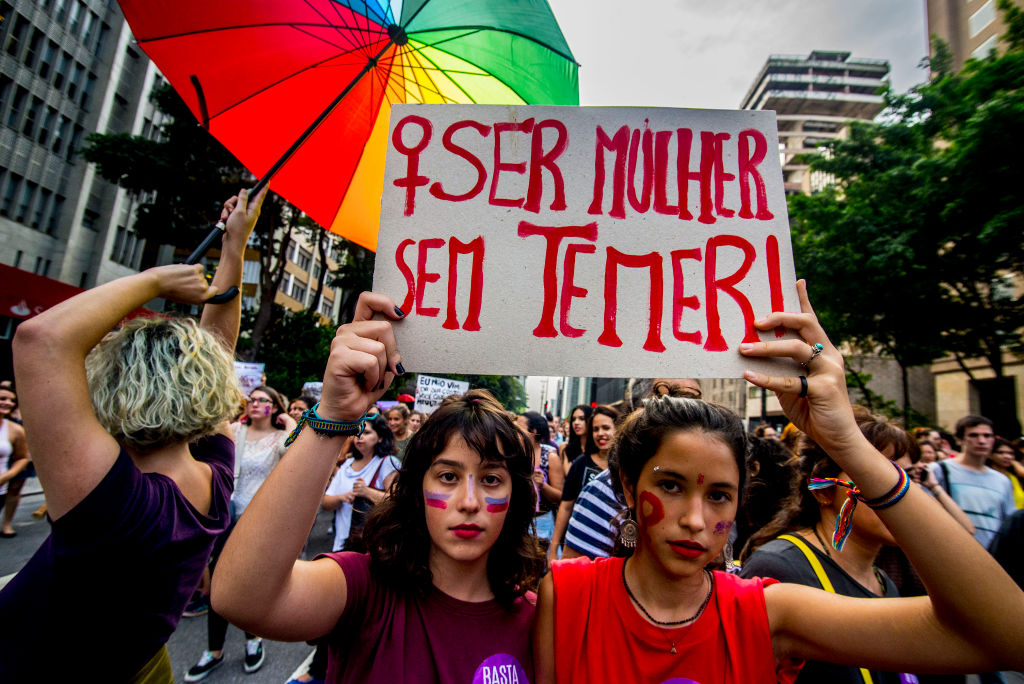LatAm Focus: The Good and Bad of COVID-19’s Education Disruption
By
Luisa Leme
The pandemic undercuts Latin America’s educational advances, but highlights innovations, too. Brookings’ Emiliana Vegas and Tinker Foundation’s Caroline Kronley explain.
“Out of Covid, we will come out with teachers that are much less afraid than in the past to innovate.” — Emiliana Vegas








